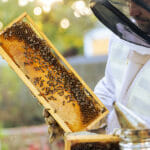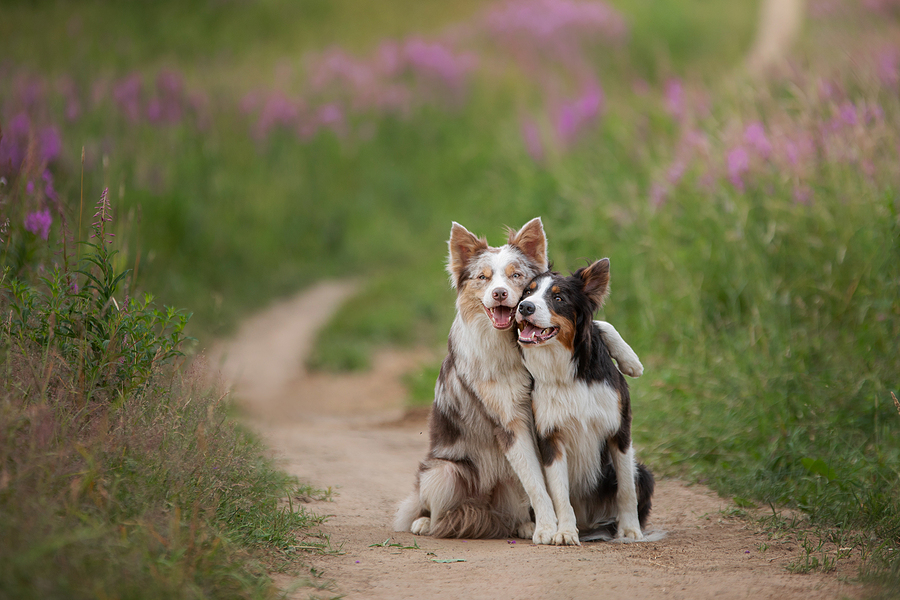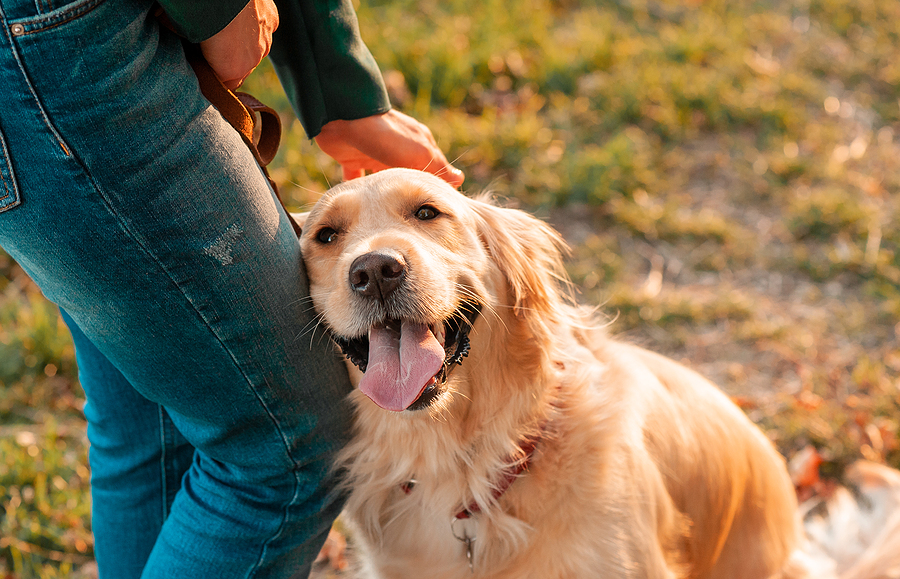Since dogs are also living beings like us, it isn’t out of the question for them to have allergies – though in their case, they’re not able to tell us if they’re feeling funny or if there’s anything wrong.
So you’re going to have to do their inspections beforehand to see if there are any home remedies for the allergies they’re going through. However, if you’re still concerned, then you could go to your local vets. So what are the things that dogs are allergic to anyways?
Bee Sting
People can often be allergic to bee stings, which brings up the thought: are dogs allergic to bees too? Well, bee venom is a common allergen across different species as it does cause a lot of swelling, which may lead to life-threatening situations. So as soon as you see swelling on your dog, locate the sting area and try to identify whether the sting was from a bee or a wasp.
Aside from swelling and redness on the skin, a dog that’s allergic to bee stings can have facial twitching, vomiting, and diarrhea. Do not wait for symptoms to worsen as these are signs of anaphylaxis. Anaphylaxis can obscure the airways and can be lethal. Immediately bring your pet to your vet.
Flea Bites
Have you ever seen a dog frantically scratching at its body, be it in cartoons or real life? Well, that’s one of the signs that your dog may have fleas and/or an allergy to flea bites. The bites themselves might not cause the allergic reaction but more on the flea saliva that gets secreted onto the dog’s skin. And because of your dog wanting to get that itch out of their body, the spot at which they scratch will become red, swell, and become scabbed.
How can you identify what flea bites look like? Flea bites on your dog will look like lots of red dots raised – caused by slight irritation and swelling of the skin. But because of the itchiness, the dog’s constant scratching will cause that part of their skin to become inflamed. Now, if you had the flea bite, it’d be easier to see since you don’t have fur. But, the look isn’t important – for the itch, though, it’ll feel like minuscule torture!
Pollen or Grass
Suppose your dog starts to show the symptoms of constant paw gnawing, excessive collar scratching, drippy noses, watery eyes, and plentiful sneezing. In that case, they probably have seasonal allergies. That’s right; dogs can go through seasonal allergies, too, caused by allergens in the air like pollen or some natural chemicals in nature that could come from grass.
Suppose your dog is going through seasonal allergies. In that case, you should take them to the vet as soon as you can – the vet will do tests on your dog so they can prepare an immunoserum specialized for your dog’s allergies.
Dust or Molds
If we had seasonal allergies earlier, this should be environmental allergies since these are the types of allergens you would have in the dog’s environment, either at home or outside. Unfortunately, both of these types of allergies exhibit the same type of allergic reactions, which is why it’s hard to differentiate the cause of their allergies.
Both seasonal allergies and environmental allergies can be classified under inherited forms of allergies. They are different types of allergies that show the same symptoms and are both ingested the same way – inhaled through the air. However, environmental allergies can occur throughout the year. In contrast, seasonal allergies can only occur during flower blooming seasons like spring and summer.
Food Allergies
Unlike the other types of allergies that dogs can get, a food allergy may be one of the more instant and immediate reactions that may occur. It’s just an instant immunological response by your body – much like how you’d see someone who’s allergic to nuts eat a peanut, they’d start choking and find it hard to breathe since their airways are getting inflamed. Since this reaction is rapid, the reaction may cause panic and shock.
On the other hand, a less severe allergic reaction to food allergies would show in the signs of dermatologic symptoms like hives, itchiness, rashes, and swelling. Like with humans’ bad reaction to food, they could also vomit a lot or have diarrhea. Consulting with your vet immediately helps you avoid the food your dog shouldn’t eat, as well as receiving some medication for the vomiting and diarrhea.
Takeaway
Do be careful in differentiating the differences between true allergies or just some sensitivities. However, if you want to be on the safe side with your furry best friend, it wouldn’t hurt anybody to have them checked at the vet as soon as you see something wrong. It’s better to be safe than sorry, especially since the health of a living being is involved.
Image Source: BigStockPhoto.com (Licensed)
Related Categories: Pets & Animals, Reviews








